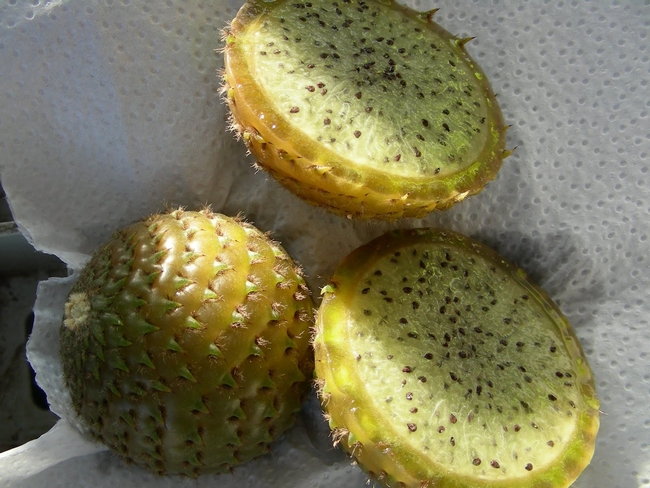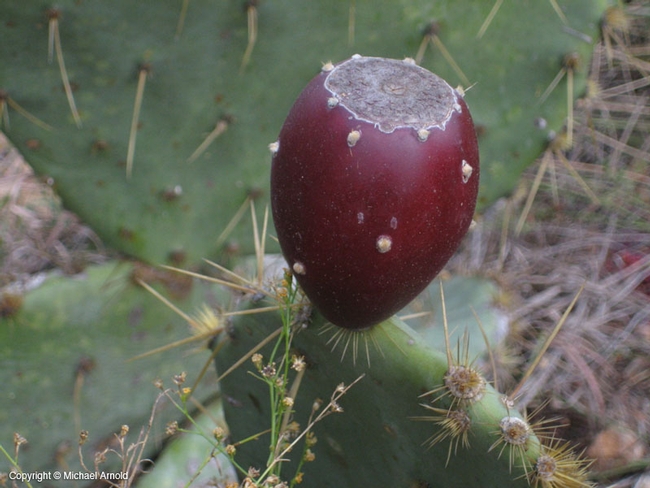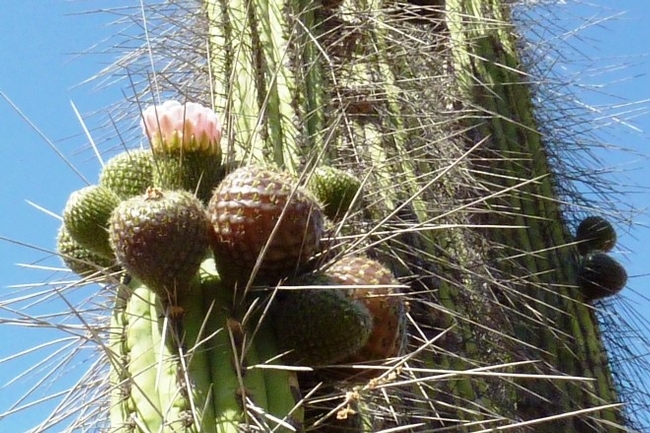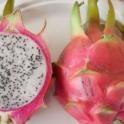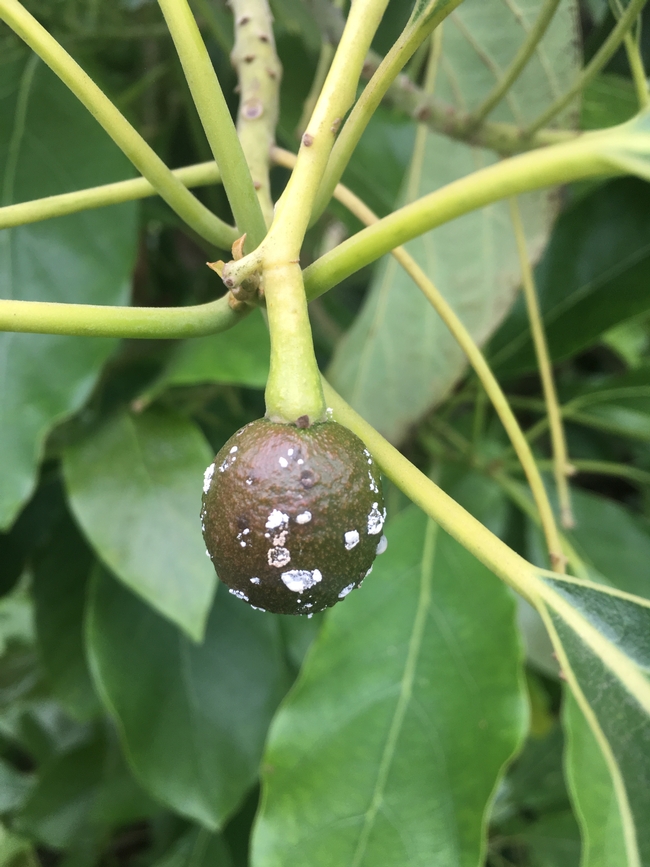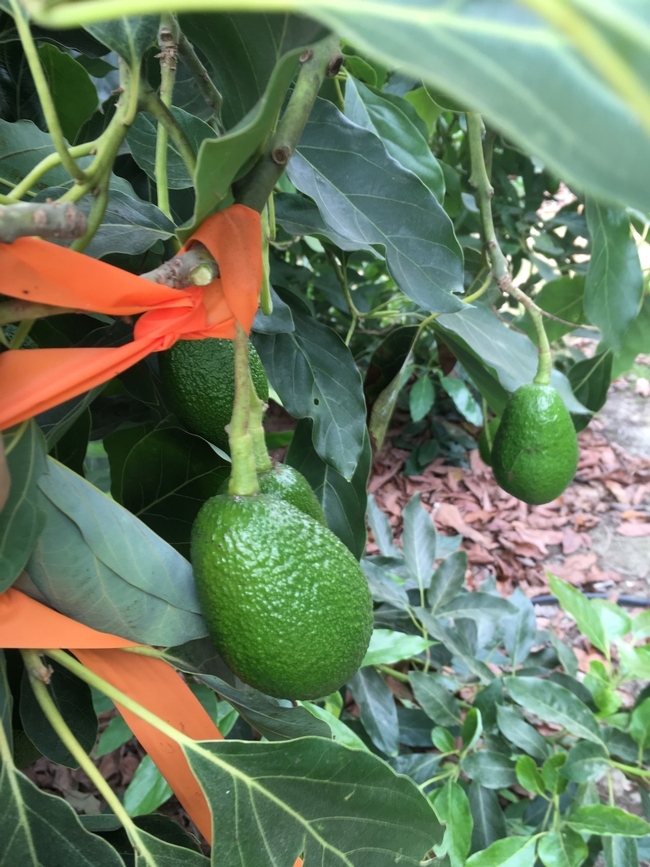- Author: Ben Faber
No rain for several years may have let citrus growers think that brown rot control is not important. But it still is and it's just coming out after a few inches of rain earlier this January. This is not the brown rot of stone fruits caused by Monilina fungus but a pathogen, completely different – Phytophthora spp.
Symptoms appear primarily on mature or nearly mature fruit. Initially, the firm, leathery lesions sometimes have a water-soaked appearance. Lesions are tan to olive brown, have a pungent odor, and may turn soft from secondary infections. Infected fruit eventually drop. Occasionally, twigs, leaves, and blossoms are infected, turning brown and dying.
Brown rot is caused by multiple species of Phytophthora when conditions are cool and wet. Brown rot develops mainly on fruit growing near the ground when Phytophthora spores from the soil are splashed onto the tree skirts during rainstorms; infections develop under continued wet conditions. Fruit in the early stage of the disease may go unnoticed at harvest and infect other fruit during storage.
Brown rot management primarily relies on prevention. Pruning tree skirts 24 or more inches above the ground can significantly reduce brown rot.
One spray of copper fungicide between October and December before or just after the first rain may provide protection throughout the wet season. When rainfall is excessive, you may have to repeat the spray in January or February. Spray the skirts to about 4 feet above ground. Spraying the ground underneath the trees also reduces brown rot infections. In addition to copper, other products effective against brown rot include the phosphonate and phenylamide fungicides. Phosphonates are applied as foliar and fruit or soil treatments, whereas phenylamides are applied as soil treatments for brown rot control. For soil applications, microsprinkler irrigation applications may be used.
Recently, oxathiapiprolin (Orondis®) was registered for use on citrus in California. Orondis® is an outstanding alternative for Phytophthora control that may be applied as chemigation or foliar application. However, foliar applications are preferred for preventing brown rot.
Postharvest Packinghouse Treatments to Prevent Fruit Decay
Potassium phosphite fungicides may be applied in aqueous dilutions to fruit alone or in combination with other postharvest fungicide treatments to manage nonvisible infections that occurred before harvest or protect fruit from brown rot infection after harvest during storage, distribution, and marketing. Use high-volume flooder or dip treatments for maximum coverage of fruit. Heated (125–136°F) fungicide solutions optimize performance of the potassium phosphite treatment.
More citrus brown rot information is at:
http://ipm.ucanr.edu/PMG/r107100711.html
Packers should check the Global MRL Database for all country MRLs at https://globalmrl.com/db#pesticides/query.
Photos of brown rot on different citrus varieties - lemon, mandarin, orange
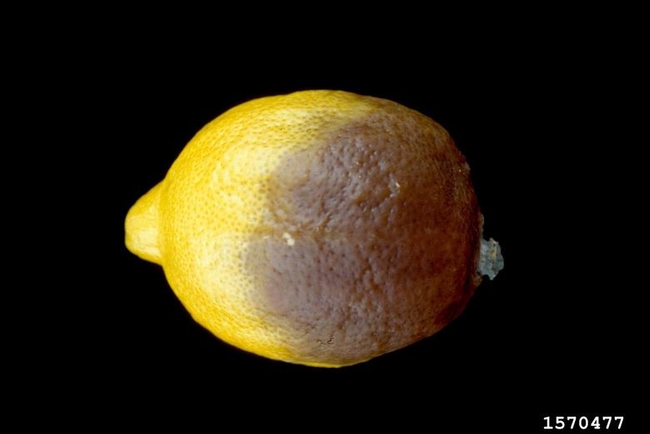
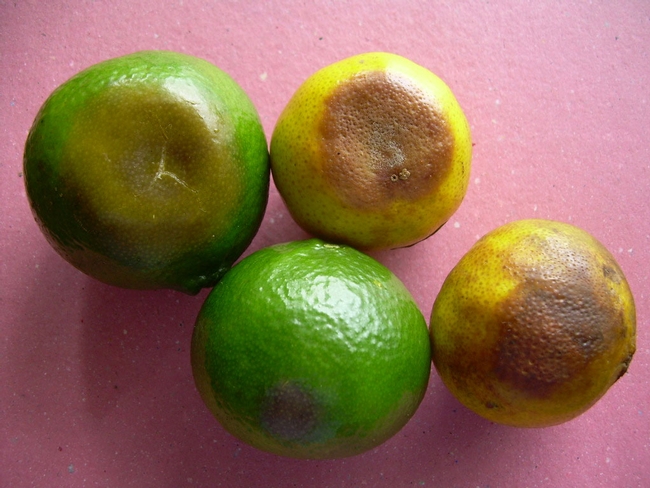
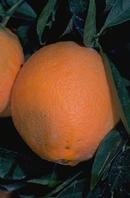
- Author: Ben Faber
Growers are looking for alternative crops and drought tolerant ones are better than water intensive ones, right? So, here's a recent question from someone who wants to grow the latest, new food crop. “What about growing a drought tolerant (in fact, it doesn't need any water) cactus fruit that will make money?” Cool.
My first response is that it should do no harm. That should be a mantra when it comes to food, especially in this age of hyper-food safety vigilance. People are clever, though and foods that might be dangerous are often produced so that they can be eaten by most people. We do have acorns with tannic acid that need to be leached if you don't want to get severely sick. Olives that need to be processed to edible. Puffer fish that with a wrong slice of the knife can kill you. There are any number of other foods that people have figured out a way to safely eat.
Rumpa is cactus fruit from Chile that has a lot going for it – high nutrient content, high polyphenolic antioxidants, high C, small seeds like kiwi and pitahaya, and tada, drought resistant for our drought prone state. So, it's a cactus, yeah, but it doesn't have the teeth crunching seeds of opuntia cactus fruit – the tunas or prickly pear – that can scare some people. Too vigorous chomping on the wondrously flavored prickly pear fruit leads to the small, hard seeds. Shocking, although they are safe to swallow, mostly.
There are spines, but the fine spines on the rumpa fruit surface can be removed by rubbing on an abrasive surface. Not too vigorously, though since the fruit is quite delicate. This would be the same for the tuna fruit, too. You can get rid of those spines with rubbing, too. So, eating the rumpa should be relatively safe.
The safety issue pops up with the spines on the stems. They are wicked thorns that protect the fruit with all the defenses needed to protect fruit in a hostile environment. This is going to be a tough fruit to harvest. Which may add to it glamour, like puffer fish. Although in this case, it's not the consumer who is taking the risk, but the harvester.
Or you could grow dragon fruit, which is a cactus relative, which has no spines on the fruit and a few on the modified stem/leaves. It's got entirely edible, beautiful seeds. The right variety of dragon fruit can be quite tasteful, although many are quite bland.
So back to the question posed by the grower. If it's safe to eat, do you want to grow it?
According to Francisco Meza in the link below (google translation):
“Its fruits, called rumbas, have a bitter taste similar to lemon, but less tart, which would prevent them from being consumed fresh. However, thanks to its nutritional qualities, such as a high content of vitamin C, and good flavor once sweetened, could be used in the processing of processed foods such as jams, juices and drinks. But that's not all, since according to experts it can also be used in the manufacture of cosmetics.”
So, the advantage California coastal ag has is its climate. That's the competitive advantage. If it can be grown cheaper, processed and shipped here from somewhere else, it's not going to work competitively here. It's hard enough competing with similar climates like Mexico's and Chile's where the shipping becomes a problem for perishables. But that is being dealt with and it's becoming hard for out-of-season coastal blueberry growers to compete with imported fruit in the season that the coast has dominated for the last several years.
So grow rumba/rumpa/copao in Ventura commercially? It's safe to eat. But it doesn't sound like something that you gotta have….now. It sounds like it needs to be jazzed up, which means processing. It's hard to pick. And the market needs to be developed. So, it's probably not a good idea to grow it commercially on the coast.
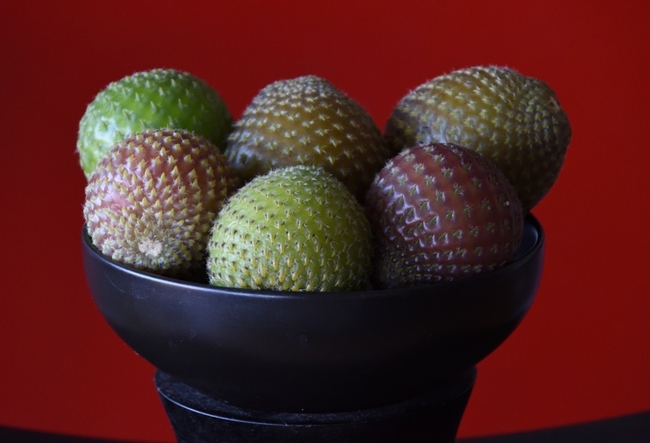
- Author: Ben Faber
Last May/June during a hot period and soon after fruit set, avocado growers and PCAs in the Oxnard/Camarillo area were calling in about young fruit about he size of a quarter showing up with white spots. Cutting into the fruit there might only be a small black spot just below the injury. Because that's what it is, a wound response on the part of the fruit to a physical damage. This occurred on several orchards also in the San Luis Obispo area and it seemed to happen in orchards that had recently been sprayed for avocado thrips. No piercing-sucking insects were found at any of these sites. Insects that would feed by feeding on the fruit and causing damage and malformed fruit. Insects that could typically make probing inspections of fruit prior to laying eggs. No eggs or larvae were found in the fruit. Nothing like lygus bug, BMSB, Bagrada bug or other stink bugs was found.
http://ucanr.edu/blogs/blogcore/postdetail.cfm?postnum=15198
Did it have anything to do with the spray? With the hot weather? With the hot weather and the spray? With the hot weather and the insects that came with it? Did it have anything to do with the hot weather? Did it have anything to do with insects?
And then late June, the calls stopped. No more damaged fruit was being found. And then a lone call from Cayucos. Damage was found on young and older fruit. New damage seemed to be occurring on the fruit that normally sets later in that northern area. The grower walked the orchard and didn't find any bugs. The PCA swept the grove for insects. A yellow sticky card was put out.
So far, no insect has been found on the fruit. So what caused and "is" causing the damage to the fruit? It's not clear. Fruit that was damaged in Oxnard back in late May was tagged to see if it recovered. Ten fruit were flagged and two months later, those tagged fruit were still on the trees. So either the fruit that was attacked fell off with the initial damage or the fruit observed later had healed itself. Fruit have this capacity when they are actively growing to cover over damage. Often it is malformed. In most of cases with this fruit, the damage was very superficial. Occasionally, there deeper pits, but we didn't see any burrowing or tunneling.
If anyone else saw similar damage and has more to offer about this happening, I would be glad to hear about it.
Photos: Damaged fruit that was flagged and observed 2 months later.
- Author: Ben Faber
MISSION VIEJO, Calif. — Tufts University has released results of a study linking eating avocados to helping improve cognitive brain function in older adults, news especially relevant to Hispanics who have been found to have the longest life expectancy rate in the U.S.1 Published in the journal Nutrients and supported by the USDA and the Hass Avocado Board, the research tracked how 40 healthy adults ages 50 and over who ate one fresh avocado a day for six months experienced a 25% increase in lutein levels in their eyes and significantly improved working memory and problem-solving skills.
Lutein is a type of carotenoid antioxidant, or pigment, commonly found in fruits and vegetables already widely accepted to have a role in preserving eye health and now increasingly thought to have a positive impact on brain health as well. As study participants incorporated one medium avocado into their daily diet, researchers monitored gradual growth in the amount of lutein in their eyes and progressive improvement in cognition skills as measured by tests designed to evaluate memory, processing speed and attention levels. In contrast, the control group which did not eat avocados experienced fewer improvements in cognitive health during the study period.
“The results of this study suggest that the monounsaturated fats, fiber, lutein and other bioactives make avocados particularly effective at enriching neural lutein levels, which may provide benefits for not only eye health, but for brain health,” said Elizabeth Johnson, Ph.D., lead investigator of the study from the Jean Mayer USDA Human Nutrition Research Center on Aging, at Tufts University. “Furthermore, the results of this new research reveal that macular pigment density more than doubled in subjects that consumed fresh avocados, compared to a supplement, as evidenced by my previous published research. Thus, a balanced diet that includes fresh avocados may be an effective strategy for cognitive health.”
“Tuft's findings that eating avocados is linked to a positive impact on memory is one more reason to enjoy healthy avocados daily. It's especially good news for Hispanic households where avocados are already so popular and older generations are culturally central to the core family unit,” said Emiliano Escobedo, Executive Director of the Hass Avocado Board. “More research is needed in different populations with different amounts of avocado to better understand the connection between avocados and brain health.”
To view the abstract, visit here.
This study is part of ongoing research that is continually unlocking the unique benefits of avocados to human health. Discover delicious inspiration for different ways to prepare and enjoy healthy avocados in Spanish at SaboreaUnoHoy.com and in English at LoveOneToday.com.
1. Center for Disease Control, April 2016
–The Hass Avocado Board
For Full Article, Click on Download PDF [235 KB, uploaded 23 August 2017]
Avocado Consumption Increases Macular Pigment Density in Older Adults: A Randomized, Controlled Trial
Abstract
Lutein is selectively incorporated into the macula and brain. Lutein levels in the macula (macular pigment; MP) and the brain are related to better cognition. MP density (MPD) is a biomarker of brain lutein. Avocados are a bioavailable source of lutein. This study tests the effects of the intake of avocado on cognition. This was a six-month, randomized, controlled trial. Healthy subjects consumed one avocado (n = 20, 0.5 mg/day lutein, AV) vs. one potato or one cup of chickpeas (n = 20, 0 mg/day lutein, C). Serum lutein, MPD, and cognition were assessed at zero, three, and six months. Primary analyses were conducted according to intent-to-treat principles, with repeated-measures analysis. At six months, AV increased serum lutein levels by 25% from baseline (p = 0.001). C increased by 15% (p = 0.030). At six months, there was an increase in MPD from baseline in AV (p = 0.001) and no increase in C. For both groups, there was an improvement in memory and spatial working memory (p = 0.001; p = 0.032, respectively). For AV only there was improved sustained attention (p = 0.033), and the MPD increase was related to improved working memory and efficiency in approaching a problem (p = 0.036). Dietary recommendations including avocados may be an effective strategy for cognitive health.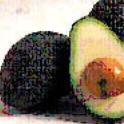
- Author: Ben Faber
USDA Specialty Crops, the Agricultural Marketing News Service and What's Worth Planting
The AMS Specialty Crops Program helps buyers and sellers of all sizes in the U.S. produce industry to market their perishable products in the most efficient manner. They partner with State agencies and other industry organizations for the benefit of nationwide growers, shippers, brokers, receivers, processors, retailers and restaurants, direct to consumer sales, and the foodservice industry.
The program offers a wide array of services that span from helping market the quality of products to ensuring that there is fair trade in the produce industry. The program also helps specialty crops growers and handlers to combine their resources to help their respective industries overcome marketing barriers.
This is also a great website for trolling for potential alternative crops – what is selling, where, for how much and whether it might be a good idea to plant that crop. Check it out:
Main page of AMS:
https://www.ams.usda.gov/market-news/fruits-vegetables
Choose from different fruits:
https://www.marketnews.usda.gov/mnp/fv-nav-byCom?navClass=FRUITS&navType=byComm
For avocados you can see what the various prices are in different markets and times:
If you are interested in coffee prices, it's still considered a "commodity" and a California grown coffee will not be listed:
https://www.fas.usda.gov/data/search?f[0]=field_commodities:609
The USDA Specialty Crops Program also has a food safety certification program that might be of help to growers. In April 2016, the Specialty Crops Program's Specialty Crops Inspection Division (SCI) launched GroupGAP, a new food safety certification program that is part of our USDA Good Agricultural Practices (GAP) suite of services. Our voluntary USDA GAP programs help verify that produce growers and handlers have taken measures to reduce the risk of contamination. Commercial buyers look for USDA GAP-certified suppliers to source safe specialty products. While larger operations can devote the resources needed to become GAP certified, some smaller entities cannot. Until now. GroupGAP allows farmers, food hubs, and marketing organizations of all sizes to band together and pool resources to achieve USDA GAP certification.



